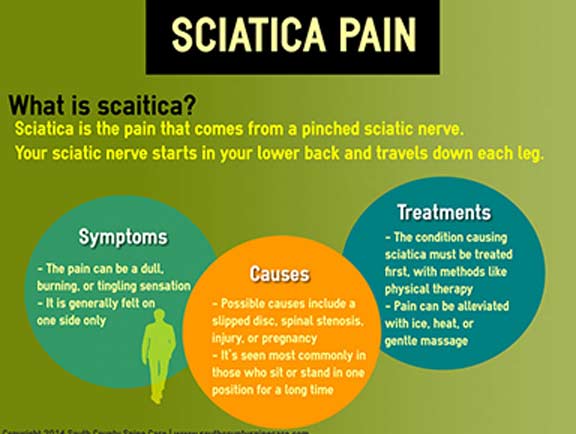Common Day-To-Day Routines That Cause Pain In The Back And Tips For Preventing Them
Common Day-To-Day Routines That Cause Pain In The Back And Tips For Preventing Them
Blog Article
Personnel Writer-Cates Vogel
Keeping appropriate pose and avoiding usual risks in everyday tasks can significantly affect your back wellness. From just how you rest at your desk to exactly how you raise heavy items, little changes can make a large distinction. Picture a day without the nagging pain in the back that prevents your every relocation; the remedy could be easier than you think. By making a couple of tweaks to your day-to-day behaviors, you could be on your means to a pain-free existence.
Poor Stance and Sedentary Way Of Life
Poor pose and an inactive lifestyle are two significant factors to pain in the back. When you slouch or suspicion over while resting or standing, you put unneeded pressure on your back muscular tissues and spine. This can cause muscular tissue discrepancies, tension, and ultimately, persistent neck and back pain. In addition, sitting for long periods without breaks or physical activity can damage your back muscles and cause stiffness and discomfort.
To combat poor position, make a conscious effort to sit and stand up straight with your shoulders back and aligned with your ears. Keep in mind to maintain your feet level on the ground and avoid crossing your legs for prolonged periods.
Incorporating normal extending and strengthening workouts right into your daily regimen can also aid boost your stance and reduce neck and back pain associated with a sedentary lifestyle.
Incorrect Training Techniques
Incorrect lifting strategies can considerably add to pain in the back and injuries. When you lift heavy things, remember to flex your knees and utilize your legs to lift, rather than counting on your back muscle mass. Avoid twisting your body while lifting and maintain the object near to your body to decrease pressure on your back. It's vital to preserve a straight back and prevent rounding your shoulders while lifting to avoid unneeded pressure on your back.
Constantly analyze the weight of the object before raising it. If it's too heavy, ask for assistance or usage equipment like a dolly or cart to move it securely.
Bear in mind to take breaks throughout raising jobs to provide your back muscle mass a chance to rest and prevent overexertion. By applying proper training techniques, you can stop back pain and lower the danger of injuries, guaranteeing your back remains healthy and strong for the long term.
Absence of Normal Exercise and Extending
An inactive lifestyle without regular workout and extending can considerably add to pain in the back and pain. When you do not participate in physical activity, your muscular tissues end up being weak and stringent, causing bad posture and raised pressure on your back. Regular exercise aids strengthen the muscular tissues that sustain your spinal column, improving security and minimizing the risk of neck and back pain. Integrating stretching right into your routine can also boost adaptability, preventing stiffness and pain in your back muscle mass.
To prevent pain in the back triggered by a lack of exercise and stretching, go for at least thirty minutes of moderate physical activity most days of the week. Include exercises that target your core muscles, as a solid core can assist reduce stress on your back.
Additionally, take breaks to extend and move throughout the day, especially if you have a workdesk job. Easy stretches like touching dangers of chiropractic care for infants or doing shoulder rolls can help soothe stress and prevent back pain. Focusing on routine workout and stretching can go a long way in keeping a healthy back and lowering pain.
find a chiropractor , keep in mind to sit up directly, lift with your legs, and remain energetic to stop neck and back pain. By making straightforward modifications to your daily habits, you can stay clear of the pain and limitations that feature neck and back pain. Look after your back and muscular tissues by exercising great stance, correct lifting strategies, and regular workout. Your back will certainly thank you for it!
